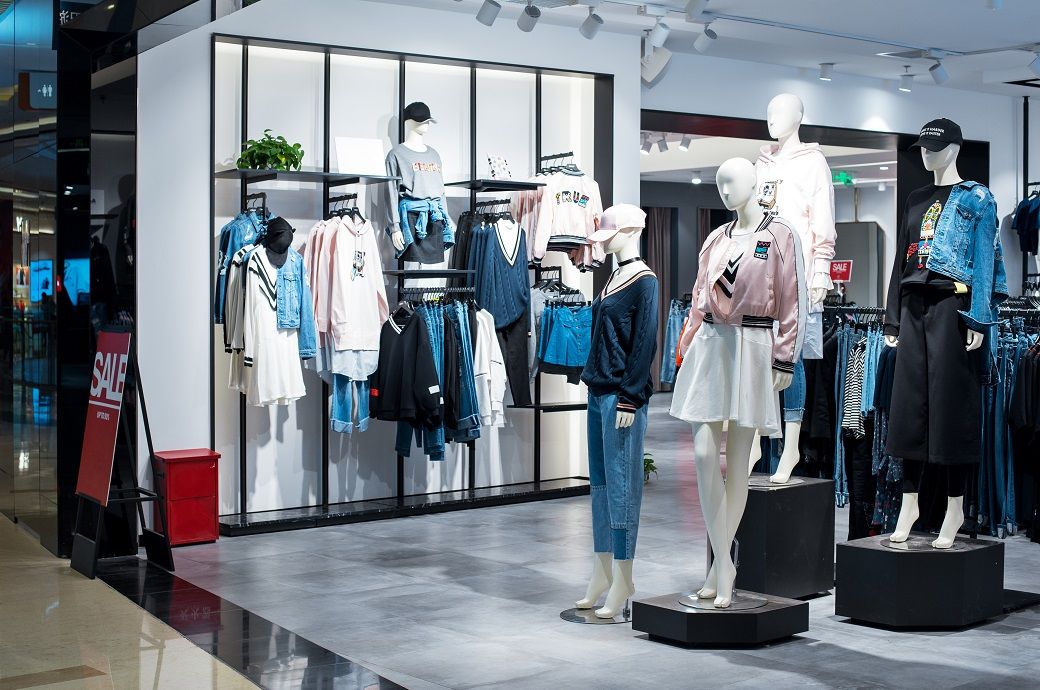
Core CPI, which excludes energy, food, alcohol, and tobacco, saw a 3.9 per cent rise in the 12 months to April 2024, down from 4.2 per cent in March. The CPI goods annual rate experienced a slowdown, dropping from 0.8 per cent to a negative 0.8 per cent. For the clothing and footwear sector, CPI rose by 3.7 per cent in the year to April 2024.
The consumer prices index including owner occupiers’ housing costs (CPIH) increased by 3.0 per cent in the 12 months to April 2024, down from 3.8 per cent in the previous 12 months to March. On a monthly basis, CPIH rose by 0.5 per cent in April 2024, compared to a rise of 1.2 per cent in April 2023, according to ONS.
The input producer price index (PPI) annual inflation rate was negative 1.6 per cent in the year to April 2024, an improvement from negative 2.5 per cent in the year to March 2024. This marks the 11th consecutive month of negative annual rates but is the highest it has been since May 2023. On a monthly basis, the input PPI inflation rate was 0.6 per cent in April 2024, following a revised 0.2 per cent decline in March 2024.
The output (factory gate) PPI annual inflation rate was 1.1 per cent in the year to April 2024, up from a revised rate of 0.7 per cent in March 2024.
Kris Hamer, director of Insight of the British Retail Consortium, said: “Inflation continued to head back towards the Bank of England’s 2% target, with a significant drop in April. Retailers are playing a key part in bringing inflation down, but it is vital that government policy supports this too. Retail plays a key role in every part of the country, from the smallest village to the largest city, employing millions of people, and serving millions more.
“As the cost burden of new policies rises—from business rates to packaging taxes—this affects not just the businesses, but the customers too. With an election looming, it is vital that parties outline their support for customers and retailers through the upcoming manifestos.”
Fibre2Fashion News Desk (DP)